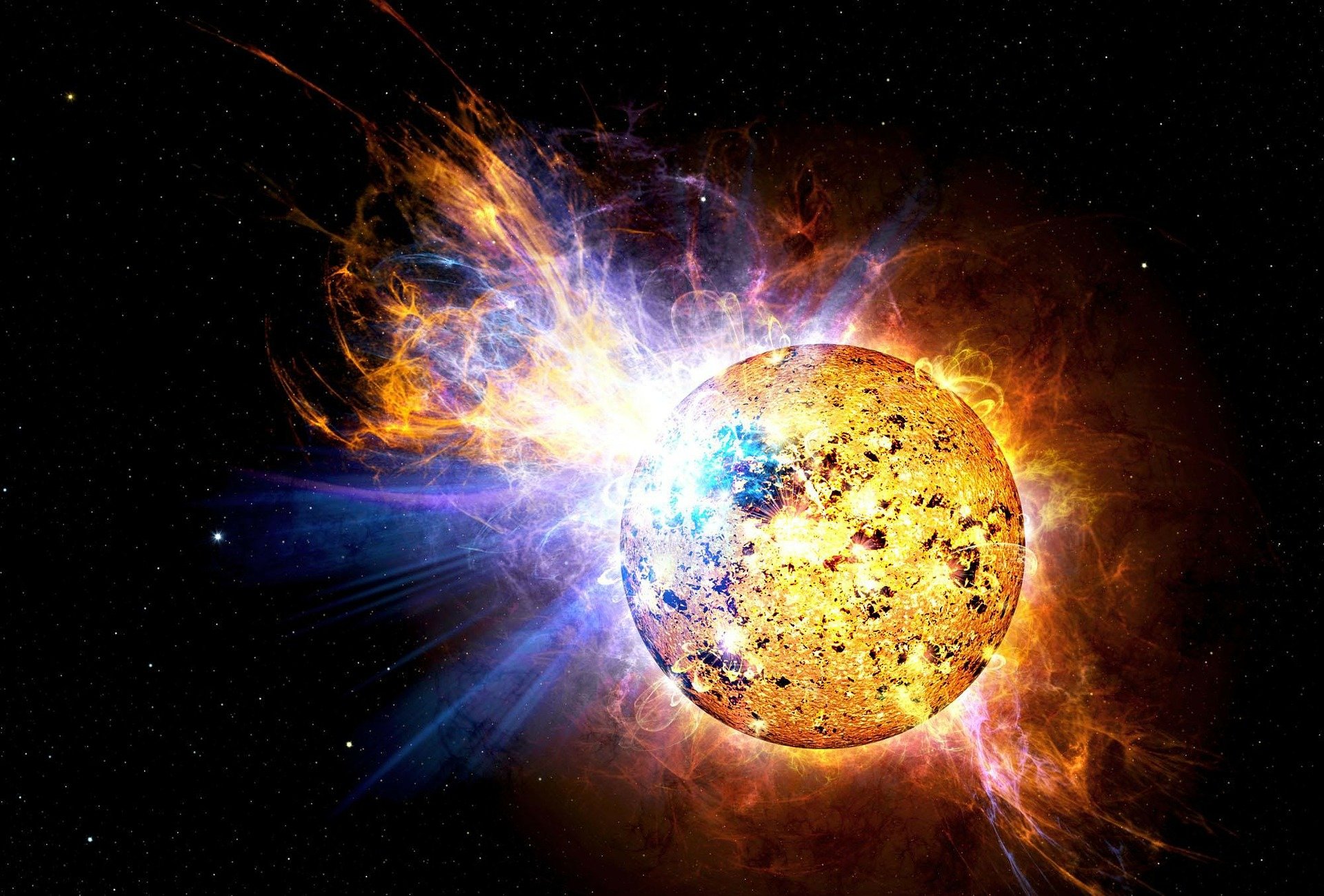
The cold, dark chaos of space is filled with mystery. Fortunately, the ways in which we can peer into the mists of the void are increasing, and now include Kyoto University’s 3.8 meter Seimei telescope.
Using this new instrument—located on a hilltop in Okayama to the west of Kyoto—astronomers from Kyoto University’s Graduate School of Science and the National Astronomical Observatory of Japan have succeeded in detecting 12 stellar flare phenomena on AD Leonis, a red dwarf 16 light years away. In particular, one of these flares was 20 times larger than those emitted by our own sun.
“Solar flares are sudden explosions that emanate from the surfaces of stars, including our own sun,” explains first author Kosuke Namekata.
“On rare occasions, an extrem...
Read More









Recent Comments